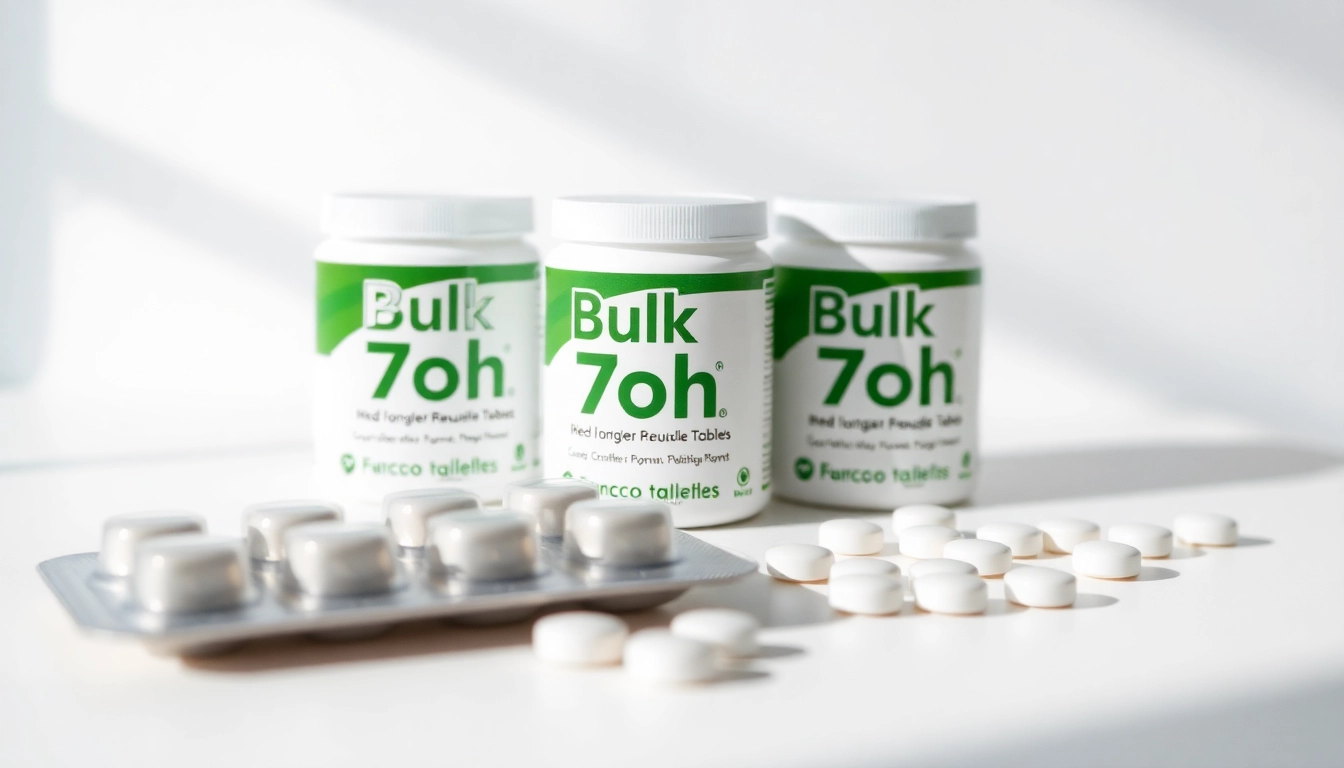Understanding Laminating Resin
What is Laminating Resin?
Laminating resin is a specialized type of synthetic polymer that is primarily used in the production of composite materials, which typically consist of fiberglass reinforcement paired with resin. This combination results in a lightweight, yet remarkably strong and durable material that is widely utilized across various industries, including marine, automotive, aerospace, and construction. The primary function of laminating resin is to create a strong bond between layers of fiberglass, enabling the construction of rigid structures that can withstand significant mechanical stresses.
Types of Laminating Resin
There are several types of laminating resins available, primarily categorized into two groups: polyester and epoxy. Each type possesses distinct characteristics suited for different applications:
- Polyester Laminating Resin: Known for its affordability and ease of use, this type of resin sets quickly and is traditionally used in marine and automotive applications. It is compatible with a variety of fiberglass fabrics and often used for creating molds and smaller parts.
- Epoxy Laminating Resin: This resin offers superior adhesion, chemical resistance, and durability. While typically more expensive than polyester resins, epoxy laminating resins are ideal for applications that require extra strength and moisture resistance, such as in high-performance boats or aircraft.
Benefits of Using Laminating Resin
The use of laminating resin in composite manufacturing provides numerous advantages:
- Excellent Bonding Strength: Laminating resins create extremely strong bonds, resulting in composite materials that can withstand heavy loads and impacts.
- Lightweight Composition: Laminating resin, combined with fiberglass, creates lightweight structures that are crucial for the efficiency of various vehicles and tools.
- Corrosion Resistance: Many laminating resins offer outstanding resistance to environmental factors, making them suitable for marine and industrial applications.
- Customizable Properties: By adjusting resin formulations, manufacturers can tailor the mechanical properties and aesthetic finishes of the final product.
- Cost-Effectiveness: Laminating resin can offer significant savings in material and performance compared to traditional fabrication methods.
Choosing the Right Laminating Resin
Factors to Consider
Choosing the appropriate laminating resin for a particular application involves evaluating several critical factors:
- Intended Application: Understand the specific use case and environmental conditions the product will be exposed to, which determines whether polyester or epoxy resin is ideal.
- Mechanical Requirements: Consider the required strength, durability, and flexibility of the final product. Epoxy resins typically provide better performance in high-stress environments.
- Curing Time: Evaluate how quickly the resin needs to cure, as different formulations may have varying pot life and set times.
- Cost: Analyze the budget, keeping in mind that while epoxy resins might be pricier, they can offer better performance and longevity.
- Ease of Use: Some resins are more user-friendly, particularly for beginners or less complex applications. Polyester resins are often simpler to work with.
Comparing Laminating Resin Types
When selecting between different types of laminating resin, it’s essential to compare them based on several performance attributes:
- Adhesion: Epoxy resins generally provide superior bonding capabilities compared to polyester resins, making them suitable for critical applications.
- Flexibility: Polyester tends to be more flexible than epoxy once cured, which might be beneficial in certain applications.
- Chemical Resistance: Epoxy resins are typically more resistant to chemicals and solvents than polyester resins, making them more suitable for harsh environments.
- Curing and Workability: Polyester resins often cure faster and are easier to work with, while epoxies may require more precise conditions for optimal results.
Common Applications of Laminating Resin
Laminating resins find usage across various sectors, notably:
- Marine Industries: Used extensively in boat hulls, decks, and other components that require robust water resistance and mechanical integrity.
- Aerospace: Essential in the production of lightweight, high-strength materials used in aircraft and drones.
- Automotive: Laminating resins are increasingly adopted in the production of vehicle components to enhance fuel efficiency through weight reduction.
- Construction: Applications include the manufacturing of durable structures and elements such as beams, panels, and molds.
- Sports Equipment: Commonly used in the production of high-performance items like surfboards, bicycles, and tennis rackets.
The Process of Working with Laminating Resin
Preparation for Laminating Resin Application
Proper preparation is crucial for achieving optimal results when using laminating resin:
- Sourcing Materials: Gather all necessary materials, including fiberglass fabric, mixing containers, and tools for application such as brushes or rollers.
- Surface Preparation: Ensure the surface to be laminated is clean and free from oils, dust, or contaminants that could impede adhesion.
- Workspace Setup: Organize a well-ventilated workspace to promote safety and ensure reduced exposure to harmful fumes.
- Temperature and Humidity: Follow resin manufacturer’s guidelines regarding ideal conditions for application and curing.
Step-by-Step Application Guide
Here is a general step-by-step process for applying laminating resin:
- Measure and Mix: Accurately measure the resin and hardener components according to the manufacturer’s instructions. Mix thoroughly to ensure a homogenous blend.
- Apply Initial Layer: Use a brush or roller to apply a thin layer of resin onto the prepared surface, soaking the fiberglass fabric in the resin.
- Layering: Once the initial layer is set, continue to apply additional layers of fiberglass and resin, allowing for proper tackiness between coats for maximum adhesion.
- Curing: Allow the composite to cure fully as per product instructions. Avoid moving or disturbing the material during this period.
- Finishing: After curing, trim any excess fiberglass and sand the surface if necessary for a smooth finish.
Best Practices for Laminating Resin Use
To ensure successful laminating resin applications, follow these best practices:
- Follow Manufacturer Instructions: Always adhere to the specific guidelines provided for the resin being used to achieve optimal performance.
- Work in a Dust-Free Environment: Keep the workspace clean to avoid contamination that can compromise the integrity of the resin.
- Monitor Environmental Conditions: Be aware of temperature and humidity as they can significantly affect curing time and the final quality of the laminate.
- Pursue Proper Safety Measures: Utilize personal protective equipment (PPE), such as gloves and goggles, to protect against skin contact and inhalation of fumes.
Common Issues When Using Laminating Resin
Identifying Problems in Application
Even experienced users may encounter issues when applying laminating resin. Common problems include:
- Incomplete Curing: This can occur due to incorrect mixing ratios or unfavorable temperature and humidity conditions.
- Delamination: Occurs when layers of resin and fiberglass do not bond properly, often due to insufficient wetting or contamination.
- Air Bubbles: Trapped air within the resin layer can create weak points, affecting the structural integrity of the laminate.
- Surface Imperfections: Issues such as wrinkles, waves, or dust inclusions can spoil the final aesthetic quality of the bonded surface.
Solutions to Common Laminating Resin Issues
Addressing common issues effectively can enhance your laminating process:
- For Incomplete Curing: Ensure correct measurements and consider adjusting the working environment to meet optimal curing conditions.
- To Prevent Delamination: Ensure thorough mixing, proper surface preparation, and optimal resin application techniques.
- Air Bubbles: Use a brush or roller with a technique that minimizes air entrapment, or apply a vacuum process if necessary.
- Correcting Surface Imperfections: Post-cure sanding and polishing can remedy minor surface flaws without compromising structural integrity.
Preventative Measures for Future Applications
To minimize the risk of issues when using laminating resin in the future, implement these measures:
- Thorough Training: Ensure all users are well-trained in the mixing and application process to maintain quality standards.
- Regularly Check Materials: Inspect both the resin and fiberglass materials for expiration dates or other signs of degradation that may affect performance.
- Documentation: Keep detailed records of materials and processes used for better troubleshooting in case issues arise.
Future Trends in Laminating Resin Technology
Innovations in Laminating Resin Formulations
The laminating resin market is advancing with innovative formulations that enhance performance and ease of use. Some of these innovations include:
- Low-VOC Formulations: Manufacturers are developing laminating resins with lower volatile organic compounds (VOCs) to provide safer working conditions and minimize environmental impact.
- Rapid Curing Resins: Advances in chemistry have led to faster curing times without compromising mechanical properties, appealing to industries that require quick turnaround times.
- Bio-Based Resins: Environmentally-friendly formulations derived from renewable resources are gaining traction as sustainability becomes a priority across industries.
Sustainability in Laminating Resin Production
Sustainability is increasingly influencing the production and application of laminating resins. Emphasis is being placed on utilizing eco-friendly materials and processes, such as:
- Recyclable Resins: Emerging technologies are developing laminating resins that can be recycled after their life cycle, driving circular economy practices.
- Energy-Efficient Production: Manufacturers are focusing on reducing energy consumption during the production of laminating resins, contributing to lower overall carbon footprints.
- Reduction of Hazardous Materials: Efforts to eliminate harmful substances in resin formulations are being prioritized in response to regulatory changes and consumer demand for safer options.
Market Demand and Future Applications
The demand for laminating resin continues to grow across multiple sectors. Future applications are likely to expand into areas such as:
- Advanced Composites: As industries embrace lightweight materials for enhanced efficiency, laminating resin will play a critical role in developing high-performance composite structures.
- 3D Printing: The integration of laminating resins with additive manufacturing techniques is expected to result in innovative products that leverage the advantages of both technologies.
- Smart Materials: Future advancements may include the development of intelligent laminating resins capable of self-repairing or responding to environmental stimuli.



